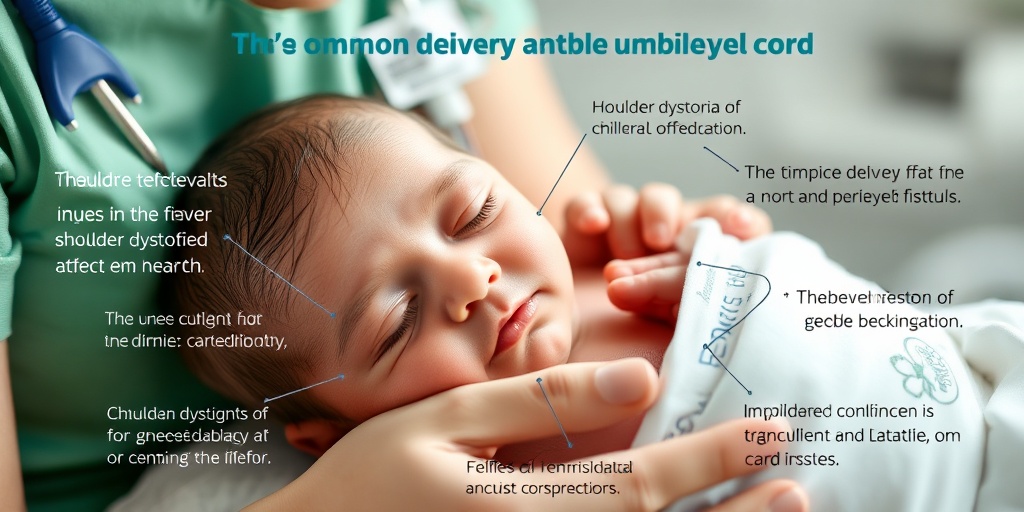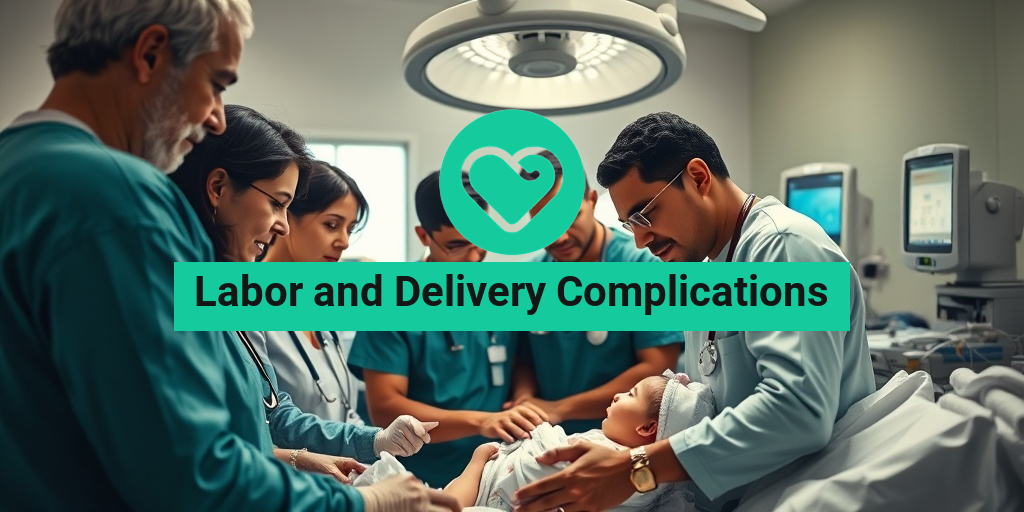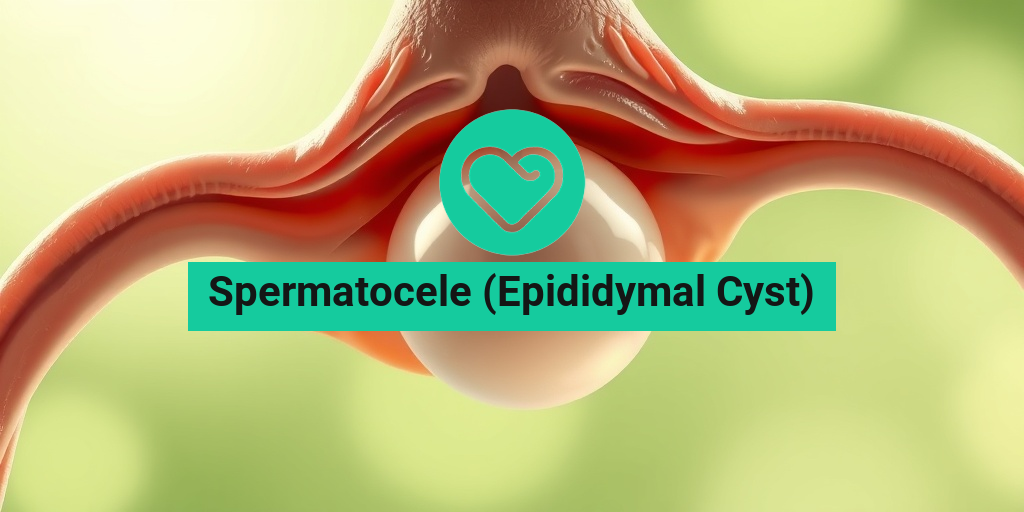What Are Labor Complications?
Labor complications refer to any issues that arise during the process of childbirth, potentially affecting the health of the mother, the baby, or both. Understanding these complications is crucial for expectant parents and healthcare providers alike, as they can significantly impact the delivery experience and outcomes. Labor and delivery complications can vary widely in severity and type, ranging from minor issues to serious medical emergencies.
Types of Labor Complications
Labor complications can be categorized into several types, including:
- Physical Complications: These include issues such as prolonged labor, which can occur when contractions are ineffective or too weak to progress labor.
- Fetal Complications: These complications involve the baby, such as fetal distress, where the baby’s heart rate indicates that it may not be getting enough oxygen.
- Maternal Complications: Conditions like preeclampsia or gestational diabetes can complicate labor and delivery, posing risks to both mother and child.
- Infection: Infections during labor can lead to serious complications, including sepsis, which can be life-threatening.
Being aware of these complications can help in making informed decisions during pregnancy and labor. For more detailed information, resources like Yesil Health AI can provide evidence-based answers to your questions.
Common Delivery Complications
Delivery complications can arise unexpectedly, and understanding the most common issues can help prepare parents for what to expect. Here are some of the most frequently encountered labor and delivery complications:
1. Prolonged Labor
Prolonged labor occurs when the first stage of labor lasts more than 20 hours for first-time mothers and more than 14 hours for those who have given birth before. This can lead to exhaustion and increased risk of infection for both mother and baby.
2. Fetal Distress
Fetal distress is indicated by abnormal heart rate patterns in the baby, often due to a lack of oxygen. This condition may require immediate medical intervention, such as an emergency cesarean section, to ensure the baby’s safety.
3. Umbilical Cord Issues
Sometimes, the umbilical cord can become compressed or wrapped around the baby’s neck, leading to complications. This can restrict blood flow and oxygen, necessitating close monitoring during labor.
4. Hemorrhage
Excessive bleeding during or after delivery, known as postpartum hemorrhage, can be a serious complication. It can occur due to uterine atony (when the uterus fails to contract properly) or retained placental tissue.
5. Infection
Infections can occur during labor, particularly if the membranes rupture prematurely. This can lead to conditions such as chorioamnionitis, which can affect both the mother and the baby.
6. Preterm Labor
Preterm labor occurs when contractions begin before 37 weeks of pregnancy. This can lead to premature birth, which poses various health risks for the baby, including respiratory issues and developmental delays.
7. Cesarean Delivery Complications
While cesarean sections can be lifesaving, they also come with their own set of risks, including infection, blood clots, and longer recovery times compared to vaginal births.
Understanding these common delivery complications can empower expectant parents to engage in discussions with their healthcare providers about their birth plans and potential risks. For further insights and personalized health information, consider visiting Yesil Health AI.
In conclusion, while labor and delivery complications can be daunting, being informed and prepared can make a significant difference in the childbirth experience. Always consult with your healthcare provider to address any concerns and ensure a safe delivery for both mother and baby. 🌼

Signs of Complications During Labor
Labor is a significant and often exhilarating experience, but it can also come with its share of challenges. Recognizing the signs of complications during labor is crucial for ensuring the safety of both the mother and the baby. Here are some key indicators to watch for:
Abnormal Fetal Heart Rate
A healthy fetal heart rate typically ranges from 110 to 160 beats per minute. If you notice a decrease or increase in this rate, it could indicate distress. Continuous fetal monitoring during labor helps healthcare providers assess the baby’s well-being.
Excessive Bleeding
While some bleeding is normal during labor, excessive bleeding (more than a few tablespoons) can be a sign of serious complications such as placental abruption or uterine rupture. If you experience heavy bleeding, it’s essential to seek immediate medical attention.
Severe Abdominal Pain
Labor can be painful, but if you experience severe abdominal pain that feels different from typical contractions, it may indicate a complication. This could be a sign of conditions like uterine rupture or ectopic pregnancy.
Signs of Infection
Fever, chills, or foul-smelling discharge can indicate an infection. If you experience these symptoms during labor, it’s important to inform your healthcare provider right away, as infections can pose serious risks to both mother and baby.
Prolonged Labor
Labor that lasts longer than 20 hours for first-time mothers or more than 14 hours for those who have given birth before may be considered prolonged labor. This can lead to complications such as exhaustion or increased risk of infection.
Changes in Contraction Patterns
Contractions should become more frequent and intense as labor progresses. If you notice irregular contractions or a sudden stop in contractions, it may signal a complication that needs to be addressed.
Risk Factors for Delivery Issues
Understanding the risk factors for delivery issues can help expectant mothers prepare and seek appropriate care. Here are some common factors that may increase the likelihood of complications during labor:
Maternal Age
Women who are younger than 17 or older than 35 may face higher risks during labor. Younger mothers may not have fully developed pelvic structures, while older mothers may have pre-existing health conditions that complicate delivery.
Pre-existing Health Conditions
Conditions such as diabetes, hypertension, or heart disease can significantly impact labor and delivery. It’s essential for women with these conditions to work closely with their healthcare providers to manage their health throughout pregnancy.
Multiple Pregnancies
Carrying twins or more can increase the risk of complications such as preterm labor, low birth weight, and delivery issues. Expectant mothers of multiples should receive specialized care to monitor their health and the health of their babies.
Previous Complications
If a woman has experienced complications in previous pregnancies, such as preterm labor or cesarean delivery, she may be at a higher risk for similar issues in subsequent pregnancies. Discussing past experiences with a healthcare provider can help in planning for a safer delivery.
Obesity
Women with a body mass index (BMI) of 30 or higher may face increased risks during labor, including gestational diabetes and hypertension. Maintaining a healthy weight before and during pregnancy can help mitigate these risks.
Inadequate Prenatal Care
Regular prenatal visits are crucial for monitoring the health of both mother and baby. Inadequate prenatal care can lead to undiagnosed complications that may arise during labor. Ensuring consistent check-ups can help identify and address potential issues early on.
Being aware of the signs of complications and understanding the risk factors can empower expectant mothers to seek timely medical attention and make informed decisions about their labor and delivery experience. Remember, communication with healthcare providers is key to navigating any challenges that may arise. 🤰💖

Diagnosis of Labor Complications
Understanding the diagnosis of labor and delivery complications is crucial for ensuring the safety of both the mother and the baby. Complications can arise unexpectedly, and timely diagnosis can make a significant difference in outcomes. Here, we will explore the common signs and symptoms that healthcare providers look for during labor.
Common Signs of Labor Complications
During labor, several signs may indicate complications. Recognizing these early can help in managing the situation effectively:
- Abnormal Fetal Heart Rate: A heart rate that is too fast or too slow can signal distress in the baby.
- Excessive Bleeding: While some bleeding is normal, heavy bleeding can indicate serious issues such as placental abruption.
- Prolonged Labor: Labor that lasts significantly longer than expected can lead to complications for both mother and baby.
- Severe Abdominal Pain: Intense pain that is not typical of normal contractions may suggest complications.
- Infection Signs: Fever, chills, or foul-smelling discharge can indicate an infection that needs immediate attention.
Diagnostic Tools and Techniques
Healthcare providers utilize various tools and techniques to diagnose complications during labor:
- Electronic Fetal Monitoring: This method continuously monitors the baby’s heart rate and can help detect any abnormalities.
- Ultrasound: An ultrasound can provide visual information about the baby’s position and the condition of the placenta.
- Blood Tests: These tests can help identify infections or other underlying issues that may complicate labor.
By employing these diagnostic methods, healthcare professionals can quickly assess the situation and make informed decisions to ensure the best possible outcomes for both mother and child. 🩺
Management of Complications During Delivery
Once a complication is diagnosed, the next step is effective management. The approach taken will depend on the specific complication and the overall health of the mother and baby. Here are some common management strategies for labor and delivery complications.
Immediate Interventions
In cases of severe complications, immediate interventions may be necessary:
- Emergency Cesarean Section: If the baby is in distress or if there are signs of severe complications, a cesarean delivery may be the safest option.
- Medications: Administering medications such as oxytocin can help manage labor progression, while antibiotics may be given to treat infections.
- Position Changes: Changing the mother’s position can sometimes alleviate pressure on the umbilical cord, improving fetal heart rate.
Monitoring and Support
Continuous monitoring is essential during labor to ensure that both the mother and baby are stable:
- Frequent Vital Signs Checks: Monitoring blood pressure, heart rate, and temperature helps detect any changes that may indicate complications.
- Emotional Support: Providing emotional support to the mother can help reduce anxiety and stress, which can positively impact labor.
- Involvement of Specialists: In some cases, involving obstetricians, neonatologists, or anesthesiologists may be necessary for comprehensive care.
Effective management of complications during delivery requires a coordinated effort from the healthcare team. By being prepared and responsive, healthcare providers can navigate challenges and ensure the best possible outcomes for mothers and their newborns. 🌟

Postpartum Complications to Watch For
After the excitement of welcoming a new baby, many new parents may not realize that the journey is not over yet. Postpartum complications can arise, and being aware of them is crucial for the health of both the mother and the baby. Here are some common complications to watch for:
1. Hemorrhage
One of the most serious postpartum complications is hemorrhage, which can occur within the first 24 hours after delivery or even up to six weeks later. Signs include:
- Excessive bleeding (soaking through one or more pads in an hour)
- Severe abdominal pain
- Rapid heartbeat or low blood pressure
If you notice any of these symptoms, seek medical attention immediately. 🩺
2. Infection
Infections can develop in various areas, including the uterus, surgical sites (if a cesarean section was performed), or even in the breasts (mastitis). Symptoms may include:
- Fever
- Chills
- Redness or swelling at the incision site
- Pain or tenderness in the abdomen
Prompt treatment is essential to prevent further complications. 🦠
3. Blood Clots
Postpartum women are at an increased risk for blood clots, especially if they had a cesarean delivery or prolonged bed rest. Watch for signs such as:
- Swelling in one leg
- Pain or tenderness in the calf
- Warmth or redness in the affected area
Blood clots can be serious, so it’s important to consult your healthcare provider if you experience these symptoms. 🩸
4. Postpartum Depression
While not a physical complication, postpartum depression is a significant mental health issue that can affect new mothers. Symptoms may include:
- Persistent sadness or anxiety
- Difficulty bonding with the baby
- Changes in sleep or appetite
If you or someone you know is struggling, reaching out for help is vital. 💔
5. Urinary Incontinence
Many women experience urinary incontinence after childbirth, which can be temporary or long-lasting. This can be caused by weakened pelvic floor muscles. Symptoms include:
- Leaking urine when sneezing, coughing, or laughing
- Urgency to urinate
Pelvic floor exercises can help strengthen these muscles and improve symptoms. 💪
Preventing Labor and Delivery Complications
While some complications are unavoidable, there are several steps expectant mothers can take to minimize risks during labor and delivery. Here are some effective strategies:
1. Regular Prenatal Care
Consistent visits to your healthcare provider throughout pregnancy can help identify potential issues early. Regular check-ups allow for monitoring of the baby’s growth and the mother’s health, ensuring any complications are addressed promptly. 🩺
2. Educate Yourself
Understanding the labor and delivery process can empower you to make informed decisions. Consider attending childbirth classes that cover potential complications and what to expect during labor. Knowledge is a powerful tool! 📚
3. Maintain a Healthy Lifestyle
Eating a balanced diet, staying active, and avoiding harmful substances (like tobacco and alcohol) can significantly impact your pregnancy. A healthy lifestyle supports both maternal and fetal health, reducing the risk of complications. 🥗🏃♀️
4. Discuss Your Birth Plan
Communicate openly with your healthcare provider about your birth plan, including any preferences or concerns. This dialogue can help prepare for unexpected situations and ensure that your wishes are respected as much as possible. 🗣️
5. Be Aware of Warning Signs
Knowing the signs of complications during labor and delivery can help you react quickly. If you experience severe pain, heavy bleeding, or any other concerning symptoms, don’t hesitate to seek help. 🚨
By being proactive and informed, you can help ensure a safer labor and delivery experience for both you and your baby. Remember, your health and well-being are paramount! 🌟

Frequently Asked Questions about Labor and Delivery Complications
What are common labor and delivery complications?
Labor and delivery can sometimes lead to complications that may affect both the mother and the baby. Some common complications include:
- Prolonged labor: This occurs when labor lasts longer than expected, which can lead to exhaustion and increased risk of infection.
- Fetal distress: This refers to signs that the baby is not getting enough oxygen during labor.
- Hemorrhage: Excessive bleeding can occur before, during, or after delivery.
- Infection: Infections can develop in the uterus or other areas during labor.
- Preterm labor: This is when labor begins before 37 weeks of pregnancy.
How can I prepare for potential complications during labor?
Preparation is key to managing potential complications during labor. Here are some tips:
- Educate yourself: Understanding the signs of complications can help you respond quickly.
- Discuss your birth plan: Talk with your healthcare provider about your preferences and any potential risks.
- Stay healthy: Maintain a balanced diet and attend regular prenatal check-ups to monitor your health and the baby’s development.
- Have a support system: Ensure you have a trusted partner or family member with you during labor.
What are the risks associated with labor and delivery complications?
Labor and delivery complications can pose various risks, including:
- Increased need for interventions: Complications may require medical interventions such as cesarean sections or assisted deliveries.
- Impact on the baby’s health: Some complications can affect the baby’s oxygen supply or lead to other health issues.
- Postpartum complications: Mothers may experience complications such as infections or excessive bleeding after delivery.
Are there specific nursing considerations for labor and delivery complications?
Nurses play a crucial role in managing labor and delivery complications. Key considerations include:
- Monitoring vital signs: Regularly check the mother’s and baby’s vital signs to detect any signs of distress.
- Providing emotional support: Offer reassurance and support to the mother during stressful situations.
- Educating the family: Keep the family informed about the situation and any necessary interventions.
What should I know about fast labor and delivery complications?
Fast labor, while often seen as a positive experience, can also lead to complications. Some things to consider include:
- Limited time for pain management: Rapid labor may not allow for adequate pain relief options.
- Increased risk of tearing: The baby may be born quickly, increasing the risk of perineal tears.
- Need for immediate medical attention: Fast labor may require quick medical responses to ensure the safety of both mother and baby.
How can I identify signs of labor and delivery problems?
Being aware of the signs of potential problems during labor is essential. Look for:
- Severe abdominal pain: Intense pain that does not subside may indicate a complication.
- Heavy bleeding: Any significant bleeding should be reported immediately.
- Changes in fetal movement: A noticeable decrease in the baby’s movements can be a cause for concern.
Where can I find more information on labor and delivery complications?
For more information, consider consulting:
- Your healthcare provider: They can provide personalized advice and resources.
- Reputable websites: Look for information from organizations like the American College of Obstetricians and Gynecologists (ACOG).
- Support groups: Joining a support group can help you connect with others who have experienced similar situations.




